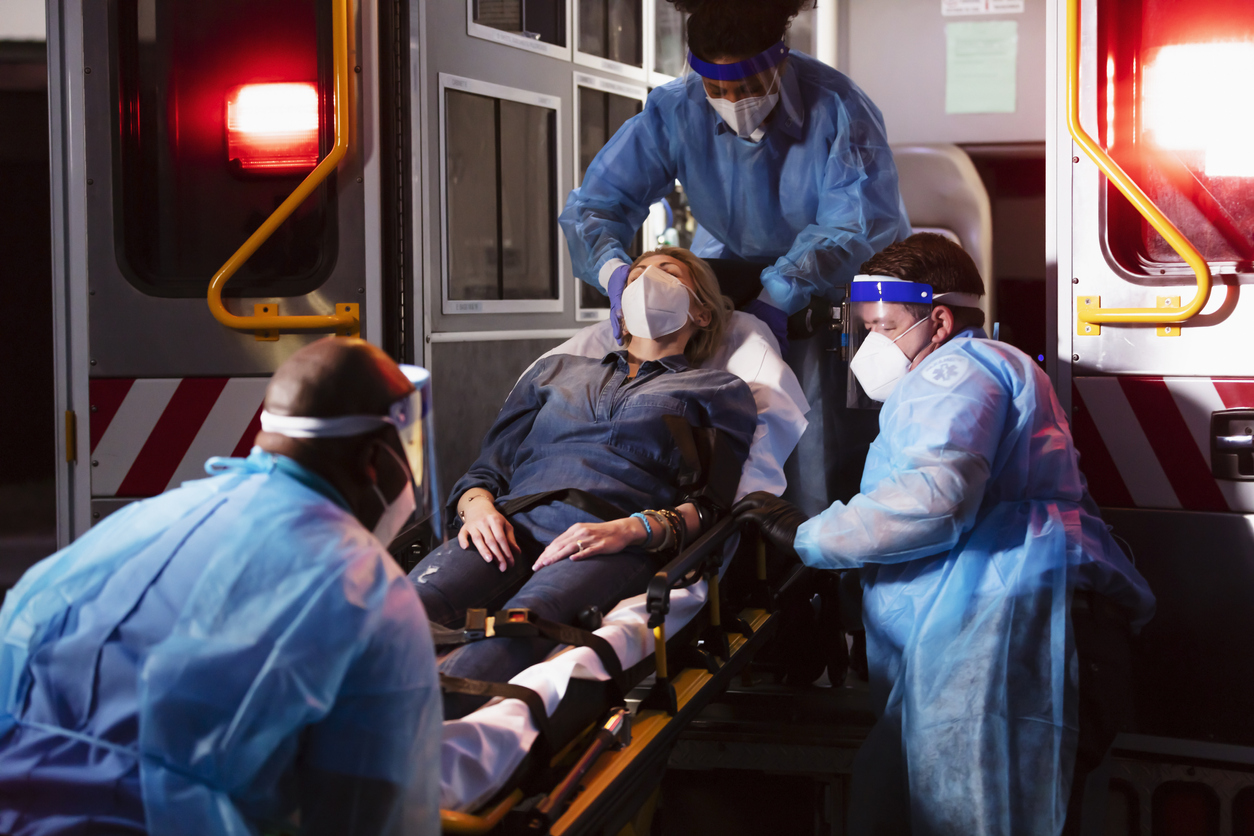
Any professional in the field will tell you that working in emergency services is a high-stake, high-reward job. Though the stakes are high, risks such as illness should be addressed, and steps should be taken to minimize health hazards. This is especially true of infectious diseases that can be seriously harmful to the health and wellbeing of EMS workers. Protecting EMS workers from the threat of such diseases requires planning, caution, and awareness. If you’re a professional in the EMS field, or if you oversee EMS personnel, these are the top four infectious diseases that should be guarded against.
COVID-19
With over 700,000 deaths in the U.S. alone, the COVID-19 virus has proven to be devastating. The virus has escalated to the level of a pandemic and continues to spread despite readily available vaccines. EMS workers who deal with people every day must be particularly careful to prevent contracting this virus while on the job. Protocols such as wearing personal protective equipment — including masks, gloves, and protective eyewear — can massively reduce the risk that EMS workers face as the pandemic rages on.
Middle Eastern Respiratory Syndrome
Before COVID, there was the Middle Eastern Respiratory Syndrome, better known as MERS. MERS emerged in 2012 and thankfully didn’t spread with the same rapidity that COVID has. To date, there are only about 2,500 lab-confirmed cases. Still, this disease poses a major risk because of its astounding fatality rate — 34% of those who contract the disease are reported to die. For this reason, EMS workers should take ample precautions to protect against the MERS infection.
Influenza
Influenza — most commonly referred to as the flu — is a threat every year, disproportionately affecting the elderly and young children as well as pregnant and chronically ill people. Individuals in these populations aren’t the only ones who should be cautious, though. The flu kills about 50,000 Americans every year. EMS workers are frequently exposed to bodily fluids and other risk factors, but these risks can be mitigated through use of personal protective equipment such as masks and gloves. EMS workers can also receive annual vaccinations against the flu to ensure that the risk of contraction is minimized.
Viral Hemorrhagic Fevers
Ebola is the most famous viral hemorrhagic fever, or VHF for short. Ebola emerged in 2014 and was centered primarily in West Africa. More than 28,000 people were infected, and of those, over 40% died as a result. Face shields are particularly useful in protecting against the airborne bodily fluids that can cause an infection of VHF to spread. Symptoms include nausea and severe diarrhea, so any EMS personnel experiencing these ailments should report possible infection immediately in order to prevent further spread.
About Provident Insurance Programs
With roots dating back to 1902, Provident Insurance Programs is a program administrator that serves paid and volunteer firefighters in addition to emergency medical responders with numerous custom-tailored insurance programs. We’ve also extended our expertise and experience to offer benefit plans and coverages to participant groups as well as Transportation Benefits. We are committed to continuing to provide superior customer service, and would be happy to speak with you to provide further information. Give us a call today at (855) 201-8880 to speak with one of our representatives.


